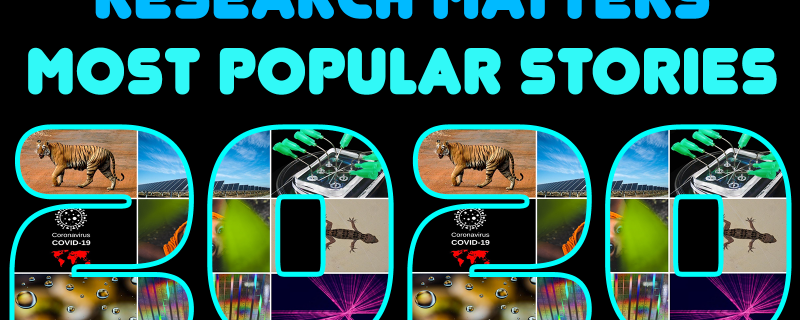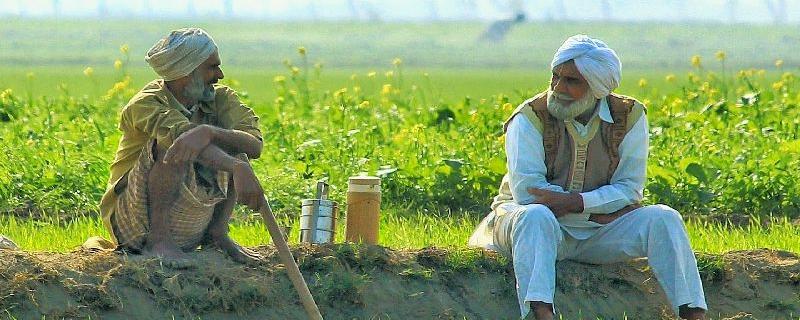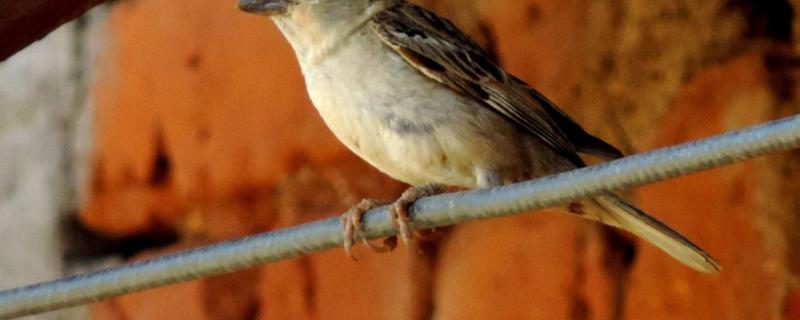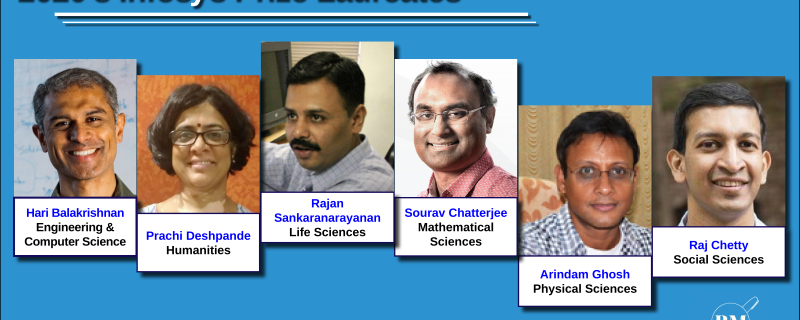A covert survey finds banned diclofenac and other vulture-toxic drugs in pharmacy isles, posing a threat to the slowly-recuperating vulture populations in South Asia.
Image: Dolomedes indicus, Adult Female (left) and adult male (right). Credit: Authors https://doi.org/10.1038/s41598-025-26308-2
Wayanad/
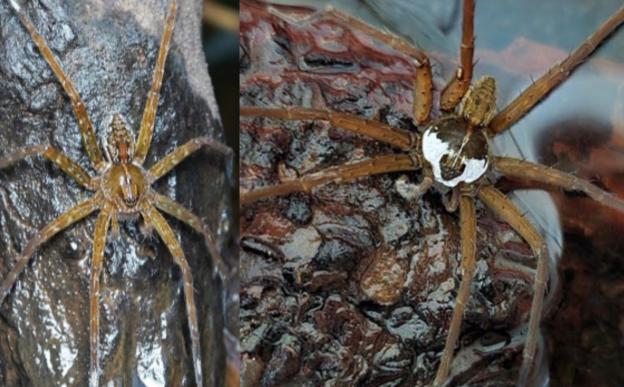
![A committee of vultures in a national park in India [Image credits: Chitra2016 / CC BY-SA 4.0] Despite ban, vulture-killing drug diclofenac widely sold for veterinary use in India](/sites/researchmatters/files/styles/large_front_800x320/public/vulture1_result_0.jpg?itok=YX6Dbb1K)
![[Image by Pete Linforth from Pixabay] Fertilisers, livestock and biomass burning are spewing ammonia into the air across India](/sites/researchmatters/files/styles/large_front_800x320/public/pollution-48427061.jpg?itok=FE4uwIhk)
![Black-necked cranes in Ladakh [Image credits: Dibyendu Ash, CC BY-SA 3.0, via Wikimedia Commons] A proposed dam in Arunachal Pradesh threatens Black-necked Cranes’ habitat](/sites/researchmatters/files/styles/large_front_800x320/public/are_dams_damning_black-necked_cranes_in_india_.jpg?itok=sg-X9vqG)

